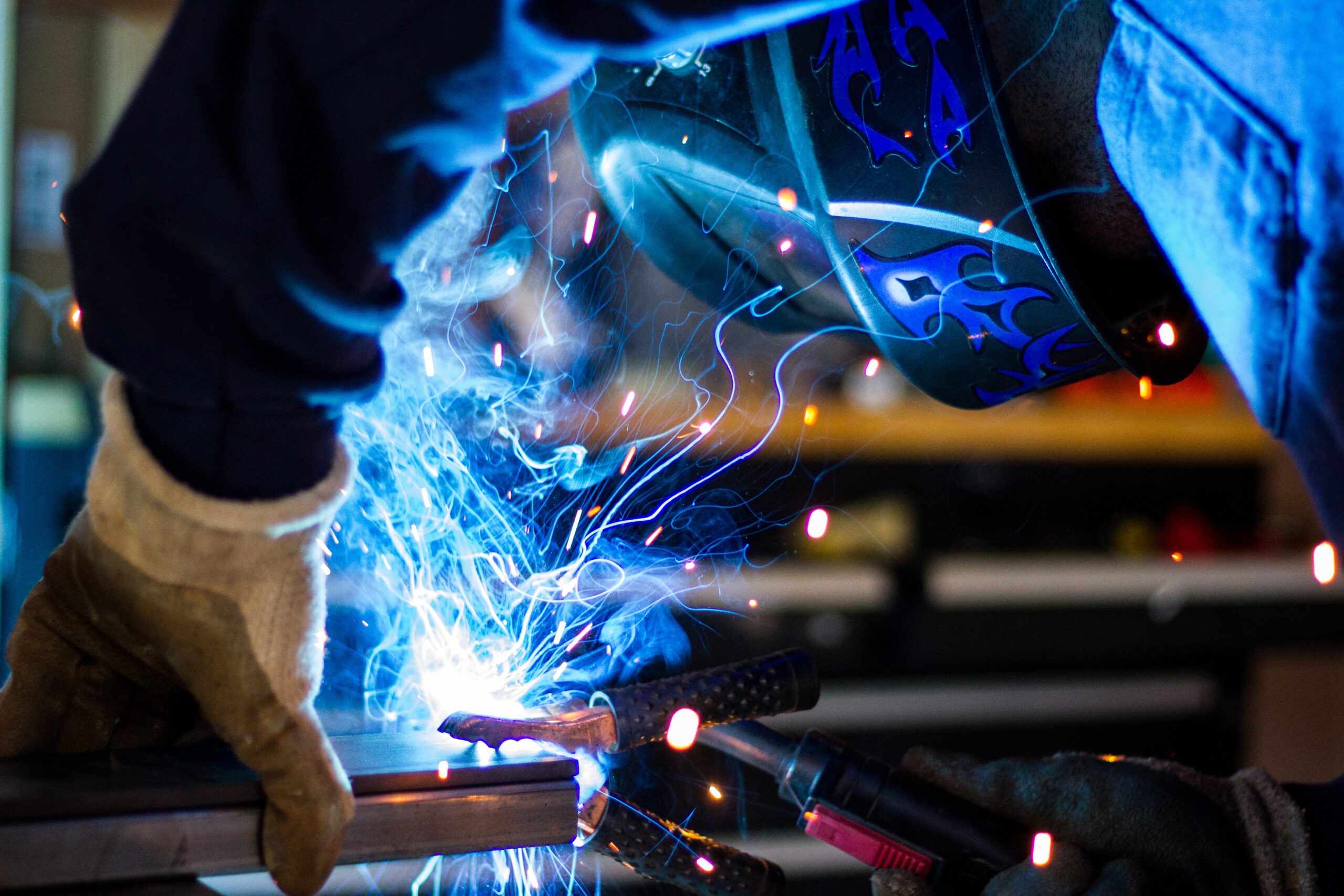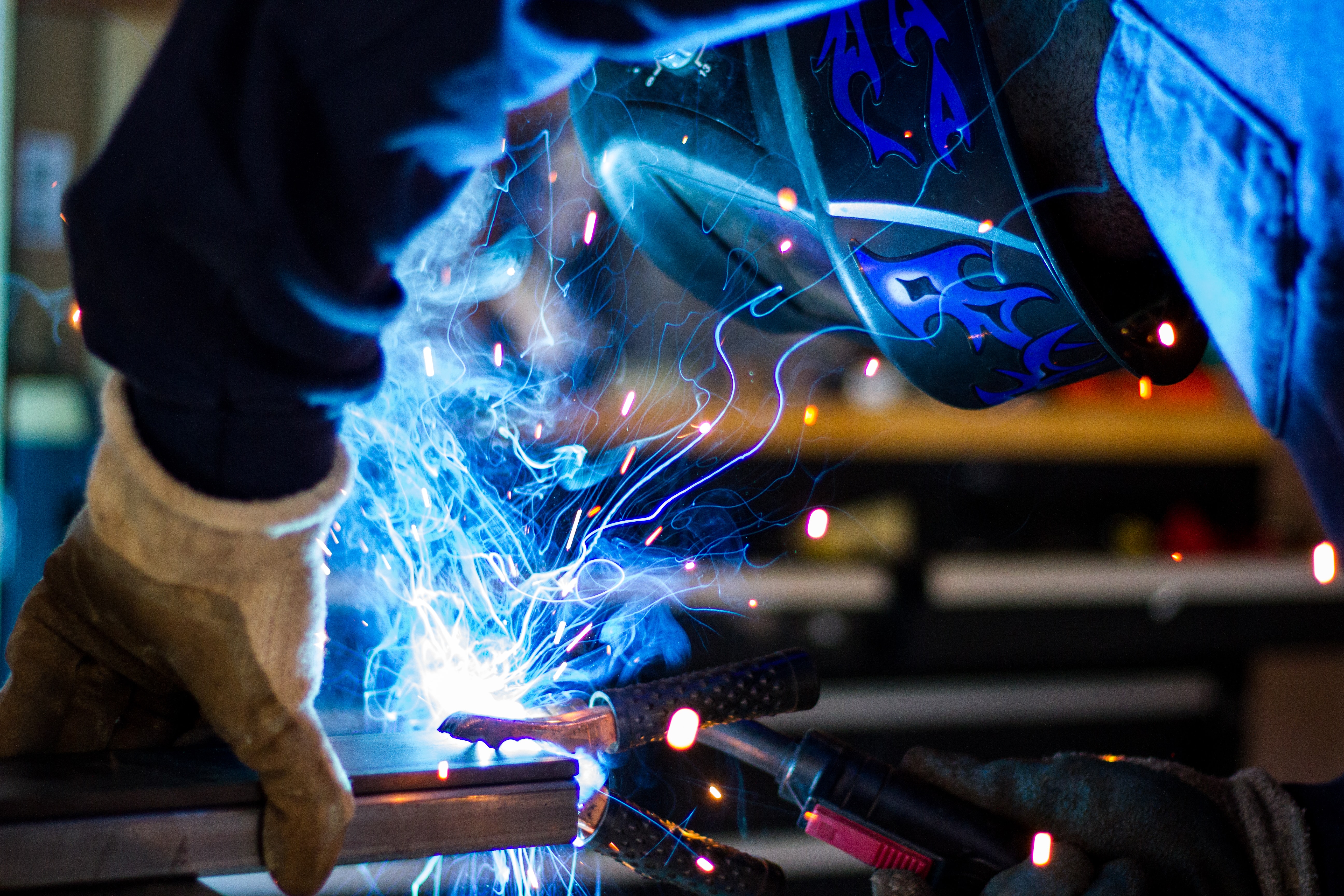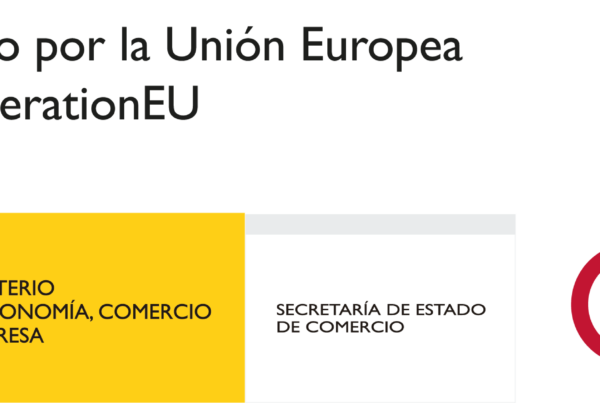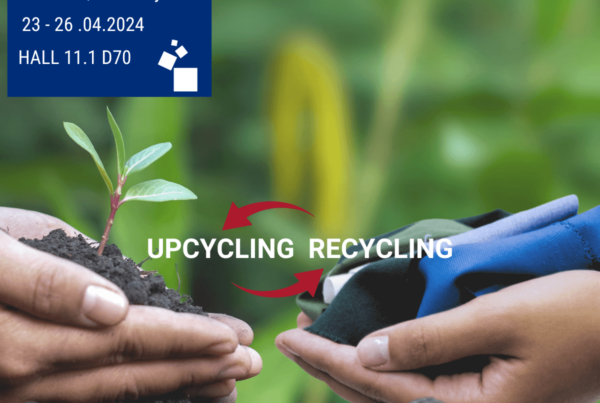
¿Tejidos técnicos o piel/serraje para el soldador?
De todos es sabido que el serraje o piel es el EPI de protección más económico que existe para el soldador y que la protección que aporta al usuario es más que aceptable, pero, alguien puede hacerse a la idea de lo que supone estar en el interior de una prenda completa fabricada en este material?

Los soldadores, en más de una ocasión deben protegerse más de los riesgos ocasionados por los compañeros que están trabajando a su alrededor que por el riesgo ocasionado por lo que él esté haciendo.
Cuando decidimos utilizar la piel, siempre estamos hablando de delantales que en la mayor parte de ocasiones simplemente cubren la parte frontal del operario.
Nuestra propuesta es utilizar tejidos resistentes que cumplan con la correspondiente normativa Europea EN 11611.
Los tejidos ignífugos con acabados cerámicos pueden aportar al trabajador de una mayor protección y mejor confortabilidad, al final estamos hablando de ropa de protección a pequeñas salpicaduras de metal incandescente y aunque estas en la mayor parte de los casos siempre caen al suelo, determinadas posiciones del soldador a la hora de soldar nos plantean el conseguir soluciones que protejan al operario en su totalidad.
PIEL/SERRAJE Pros y contras
- Mal olor debido a la falta de transpiración
- Rigidez que no permite al operario una movilidad adecuada
- Hacer un conjunto completo supone un grado alto de inconfortabilidad
- Cuando el operario debe soldar en posturas diversas el delantal puede dejar al descubierto al soldador
- Tiene mala solución respecto a su mantenimiento
- Es económica
- Tiene un buen factor de protección
TEJIDOS ESPECÍFICOS IGNÍFUGOS Pros y contras
- Protección óptima
- Transpirable
- El equipo completo (buzo o chaqueta y pantalón) permite la movilidad del operario
- Puede lavarse en casa
- Es una solución menos económica
- Mayor confortabilidad
- Al estar hablando siempre de una prenda completa, el soldador siempre tiene protegido todo su cuerpo
El equipo de protección para el soldador es aconsejable que sea para la totalidad de su cuerpo.
En operaciones complicadas siempre es aconsejable un suplemento en protección y la combinación de ambos elementos puede ser la solución perfecta.



